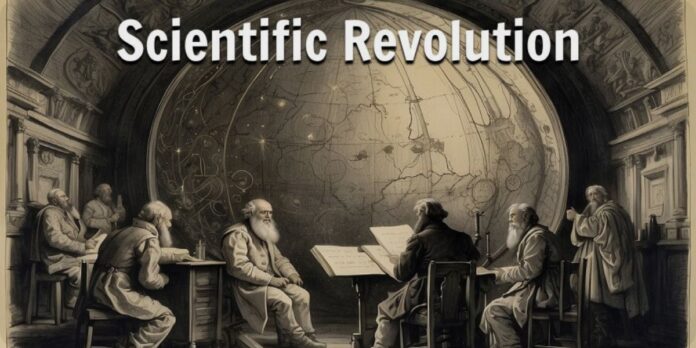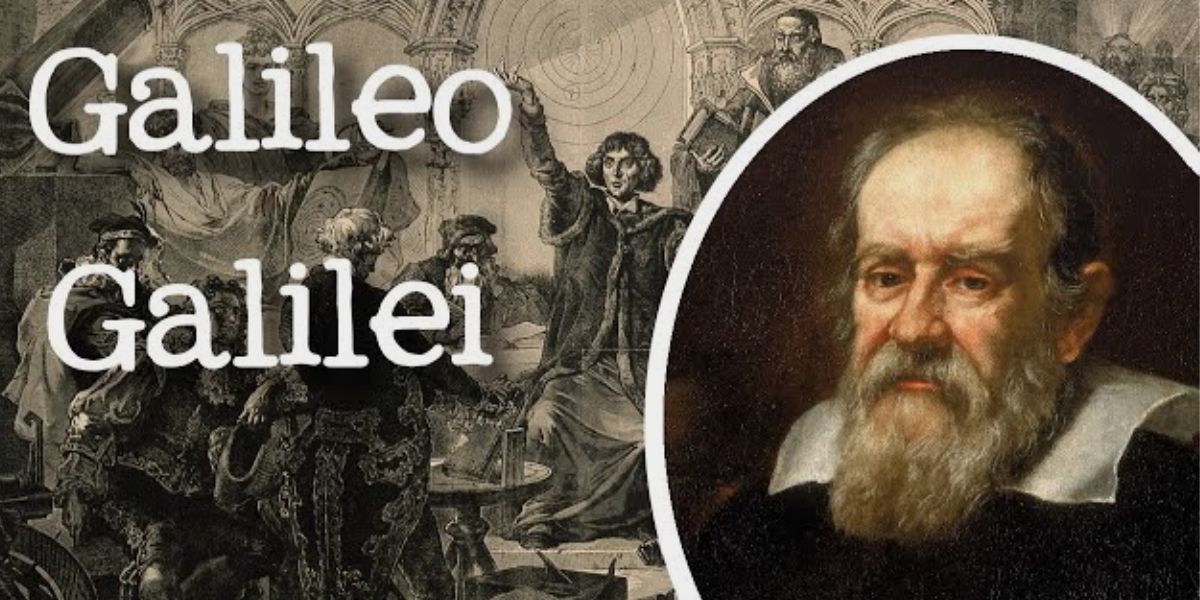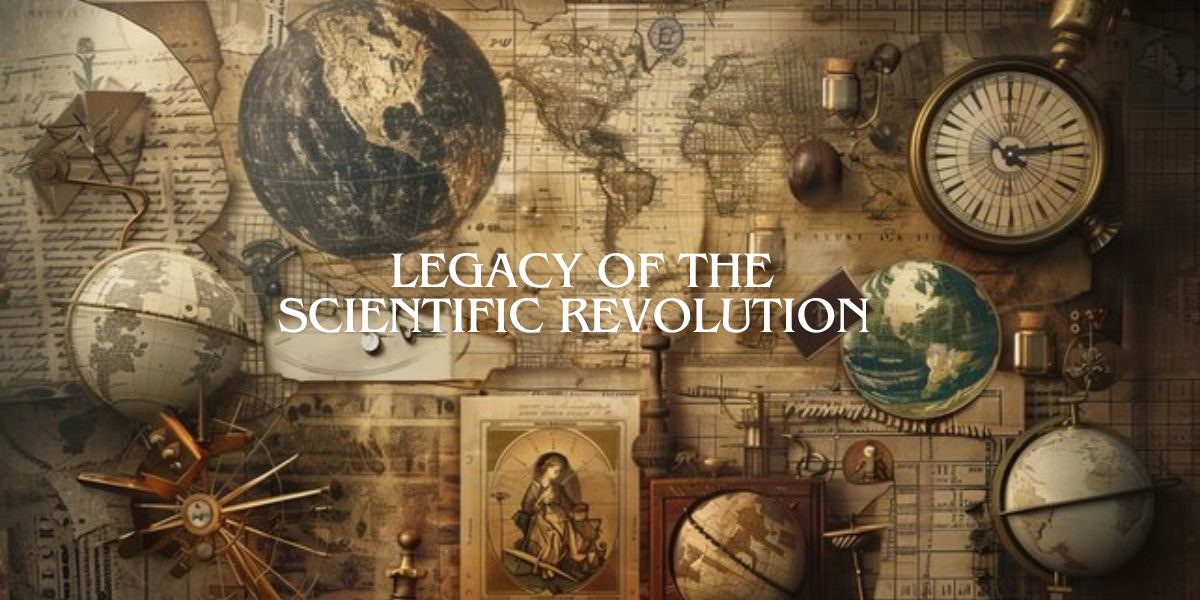The Scientific Revolution was a transformative period in human history, marking the shift from traditional beliefs to empirical observation and experimentation. Taking place between the 16th and 18th centuries, this era revolutionized our understanding of the natural world, laying the foundation for modern science. Through groundbreaking discoveries, the Scientific Revolution challenged long-held doctrines and inspired new ways of thinking. This article explores the key aspects of this revolutionary period and how it reshaped human knowledge.
The Roots of the Scientific Revolution
Before the Scientific Revolution, knowledge about the universe was based on religious beliefs and ancient philosophies. Scholars primarily relied on Aristotle’s teachings and the geocentric model of the universe, which placed Earth at the center. The Renaissance played a crucial role in encouraging intellectual curiosity, leading to new scientific inquiries. The rediscovery of classical texts and increased access to knowledge through the printing press accelerated the spread of revolutionary ideas. This renewed focus on observation and experimentation led to groundbreaking discoveries that changed humanity’s understanding of nature.
Copernicus and the Heliocentric Model
One of the most significant breakthroughs of the Scientific Revolution was Nicolaus Copernicus’ heliocentric theory, which proposed that the Sun, not the Earth, was at the center of the universe. Copernicus’ 1543 publication De revolutionibus orbium coelestium challenged the widely accepted geocentric model endorsed by the Catholic Church. His theory paved the way for future astronomers to further explore planetary motion and develop more accurate models of the cosmos. Despite initial resistance, Copernicus’ work laid the foundation for a more scientific approach to studying celestial bodies.
Galileo Galilei: The Father of Modern Science
Galileo Galilei built upon Copernicus’ work, using telescopic observations to provide concrete evidence supporting the heliocentric model. His contributions revolutionized astronomy and physics. In 1609, Galileo developed an improved telescope that allowed him to observe celestial phenomena such as Jupiter’s moons and Saturn’s rings. His observations disproved Aristotle’s notion that celestial bodies were perfect spheres, proving that the universe was far more complex than previously thought. Galileo’s advocacy for scientific reasoning led to conflicts with the Church, but his discoveries forever changed our perception of the cosmos.
Johannes Kepler and the Laws of Planetary Motion
Johannes Kepler further refined the heliocentric model by introducing mathematical principles that governed planetary movement. His work established that planets follow elliptical orbits, not perfect circles. Kepler’s three laws of planetary motion provided a scientific explanation for planetary orbits, enhancing our understanding of gravity and motion. His calculations, based on Tycho Brahe’s detailed astronomical observations, formed the basis for Newton’s laws of motion and universal gravitation. By applying mathematics to astronomy, Kepler bridged the gap between theory and observation.
Isaac Newton and the Laws of Motion
Sir Isaac Newton was one of the most influential figures of the Scientific Revolution, formulating the laws of motion and universal gravitation that explained the movement of objects in the universe. His 1687 work Principia Mathematica provided a mathematical framework that unified terrestrial and celestial mechanics. Newton’s discovery of gravity helped explain planetary motion and laid the foundation for modern physics. Newton’s contributions demonstrated that the natural world operates under predictable laws, encouraging further scientific exploration.
Advancements in Medicine and Biology
The Scientific Revolution also led to significant progress in the fields of medicine and biology. Scientists moved away from traditional medical theories and began conducting detailed anatomical studies. Andreas Vesalius’ De humani corporis fabrica (1543) provided an accurate depiction of human anatomy, based on dissections rather than outdated assumptions. William Harvey’s discovery of blood circulation in the 17th century overturned ancient beliefs about the body, paving the way for modern physiology. These advancements improved medical knowledge and led to more effective treatments and surgical techniques.
The Role of the Scientific Method
One of the most important legacies of the Scientific Revolution was the establishment of the scientific method, which emphasized observation, hypothesis testing, and experimentation. Francis Bacon championed inductive reasoning, encouraging scientists to gather empirical data before forming conclusions. René Descartes promoted deductive reasoning, advocating for logical analysis based on fundamental truths. The combination of these approaches led to a systematic method of inquiry that remains the cornerstone of modern science.
The Impact of the Printing Press on Scientific Knowledge
The invention of the printing press by Johannes Gutenberg in the 15th century played a crucial role in spreading scientific ideas during the Scientific Revolution. Scientific books and discoveries could be widely distributed, allowing scholars across Europe to access and build upon new findings. The exchange of knowledge through printed materials led to increased collaboration among scientists, accelerating progress. This dissemination of knowledge contributed to the rapid development of various scientific disciplines.
Challenges and Opposition to Scientific Ideas
Despite the advancements of the Scientific Revolution, many scientists faced opposition from religious institutions and traditional scholars who resisted change. Galileo was placed under house arrest by the Catholic Church for supporting heliocentrism, as it contradicted religious doctrine. Many traditional scholars clung to Aristotelian and Ptolemaic theories, rejecting new scientific evidence. Despite these challenges, the persistence of scientific pioneers ensured that revolutionary ideas eventually gained acceptance.
Influence of the Scientific Revolution on Enlightenment Thought
The discoveries of the Scientific Revolution had a profound impact on the Enlightenment, an intellectual movement that emphasized reason, logic, and empirical evidence. Enlightenment thinkers such as Voltaire and Diderot promoted scientific inquiry as a means of challenging ignorance and superstition. The application of scientific principles to governance, economics, and philosophy led to societal transformations, including the rise of democratic ideals. By fostering a spirit of inquiry, the Scientific Revolution laid the groundwork for modern intellectual and political thought.
The Legacy of the Scientific Revolution in Modern Science
The Scientific Revolution set the stage for future advancements in various scientific fields, shaping the modern world in countless ways. The principles of observation and experimentation established during this period continue to guide scientific research today. Innovations in physics, chemistry, and biology can all trace their origins to the foundational discoveries made during the Scientific Revolution. This era remains one of the most significant milestones in human history, demonstrating the power of curiosity and rational inquiry.
Conclusion
The Scientific Revolution marked a turning point in our understanding of the universe, transforming the way we acquire and apply knowledge. By challenging traditional beliefs and emphasizing empirical evidence, scientists of this era paved the way for modern advancements. The adoption of the scientific method ensured that future discoveries would be based on observation, experimentation, and logic rather than mere speculation. The impact of the Scientific Revolution extends beyond science, influencing philosophy, medicine, and technology, ultimately shaping the modern world. By embracing curiosity and critical thinking, the pioneers of the Scientific Revolution ushered in a new era of discovery that continues to inspire scientific progress today.




